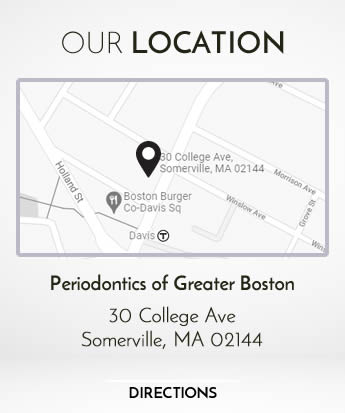Even when periodontal disease is in a fairly advanced stage, it is possible to improve or even reverse the condition with non-surgical procedures. Depending on the type of disease and its severity, one of these approaches may be suggested by your doctor.
Scaling
This process can be done above or below the gum line and involves the scraping and removal of plaque and calculus (tartar) from the tooth. Scaling done at regular teeth cleanings usually involves the crown of the tooth. However, in more extreme circumstances, it is necessary to go further below the gum line to thoroughly remove disease causing bacteria and its by-products on the root surface. In very advanced cases, flap surgery or gingivectomy may be necessary to allow the doctor free access to the infected tooth root.
Planing
After a thorough cleaning of the tooth surface has been completed above and below the gum line, the root of the tooth undergoes a process called planing. This is a process of smoothing the root of the tooth so that any remaining tartar is removed. This also serves two other purposes: it clears away any rough areas that bacteria below the gum line thrive in, and it makes it much easier for the gingival (gum) tissue to re-attach itself to the tooth, effectively reducing the size of the pockets that the plaque and bacteria hide in. This re-growth of tissue is key in stopping a recurrence of gum disease and happens very quickly once the calculus has been removed.
With this procedure, you may be prescribed either local or systemic antibiotics and a specially indicated mouth rinse.


